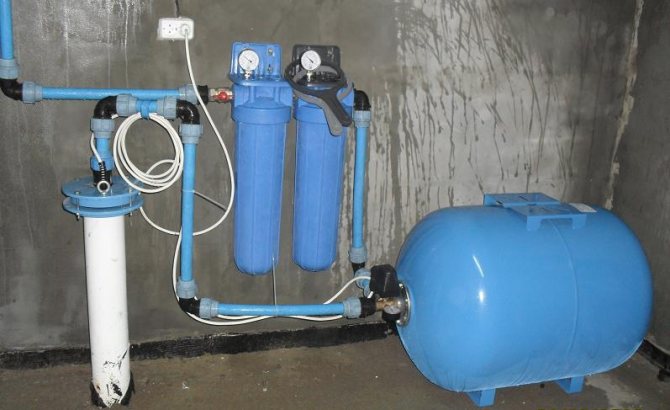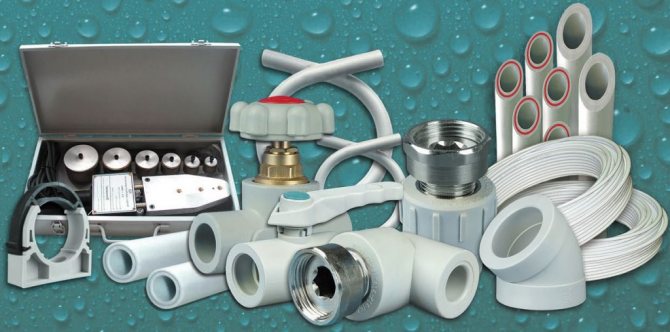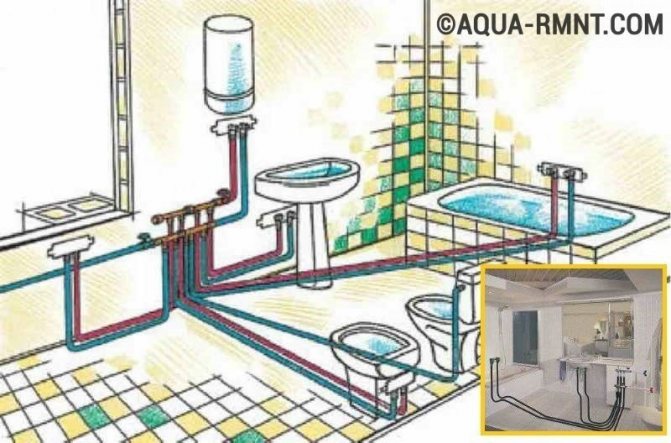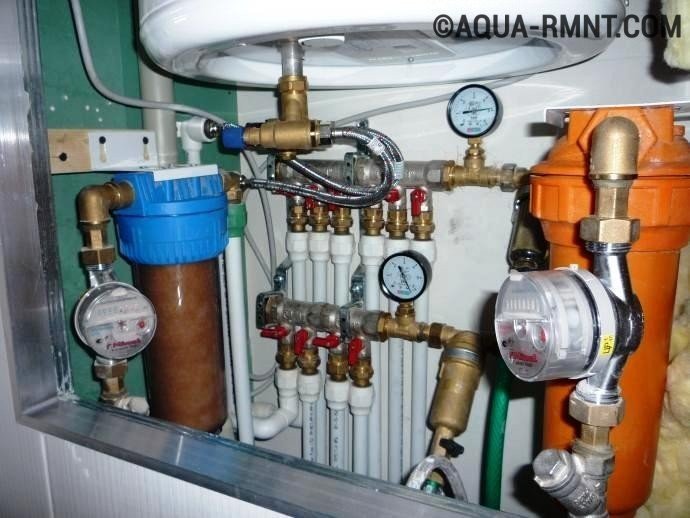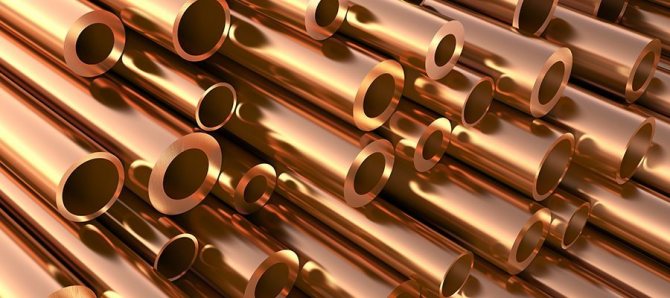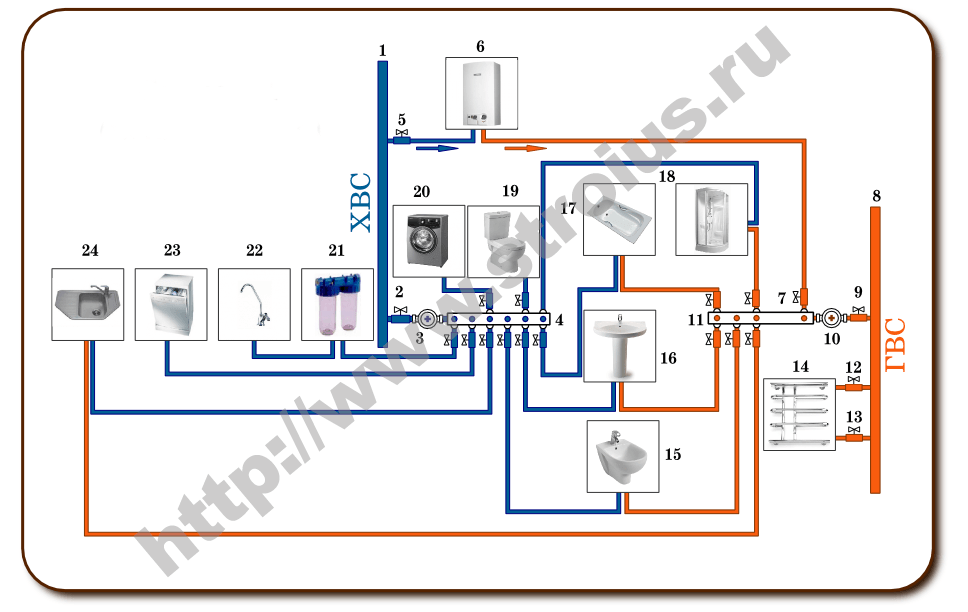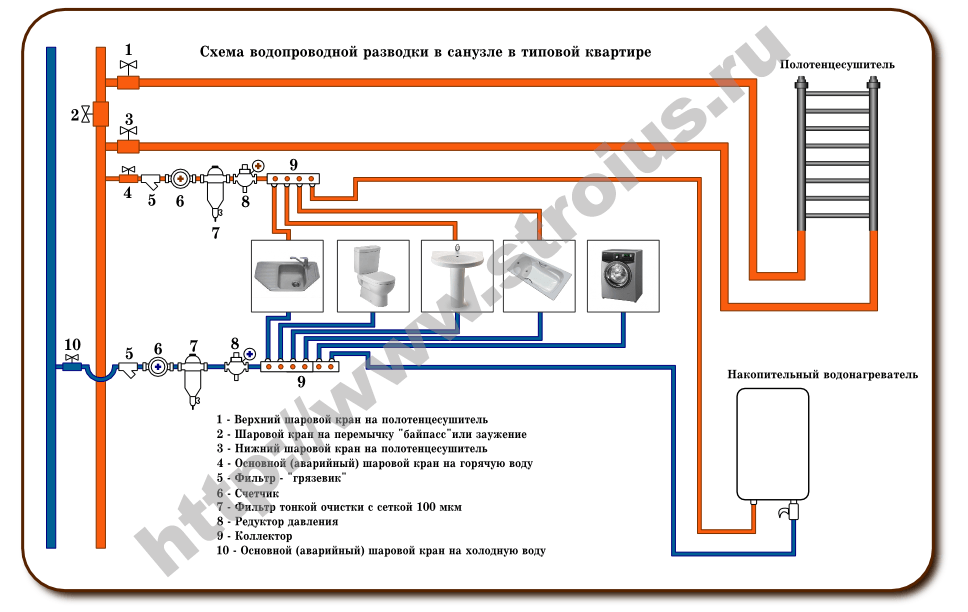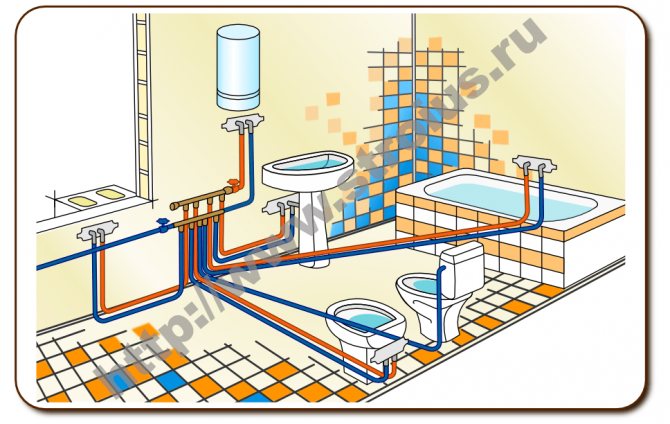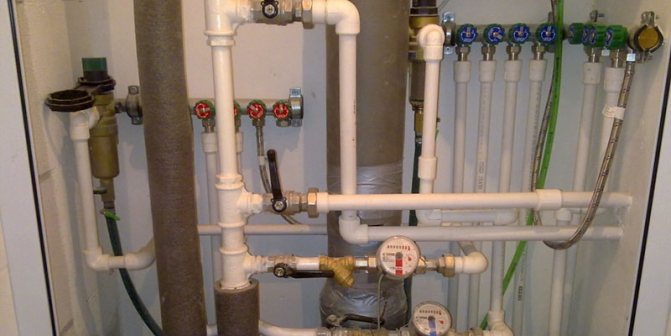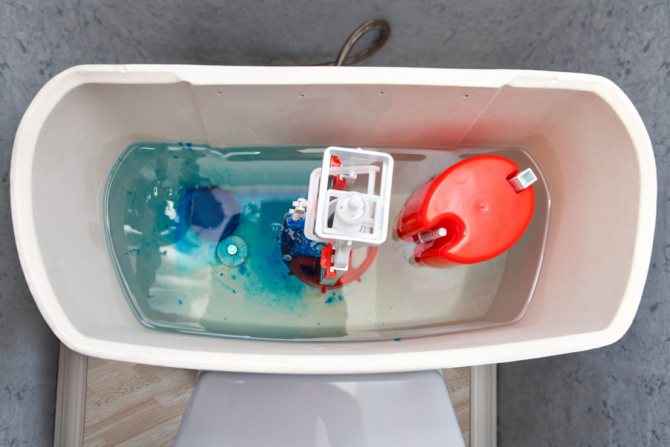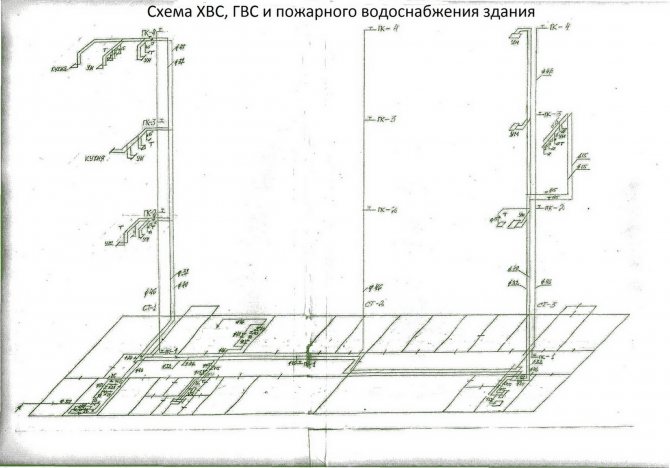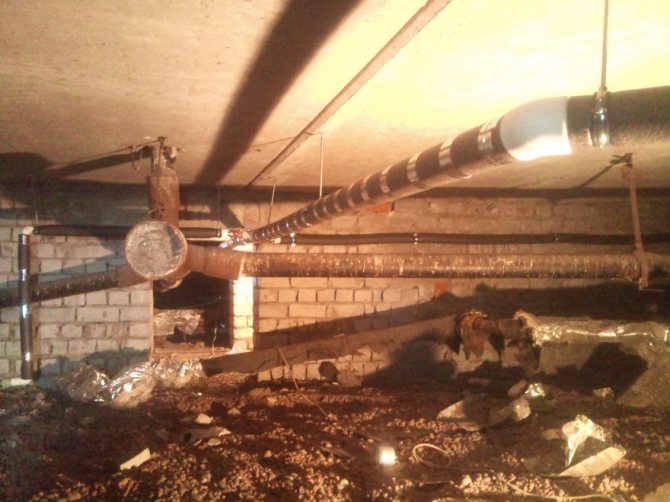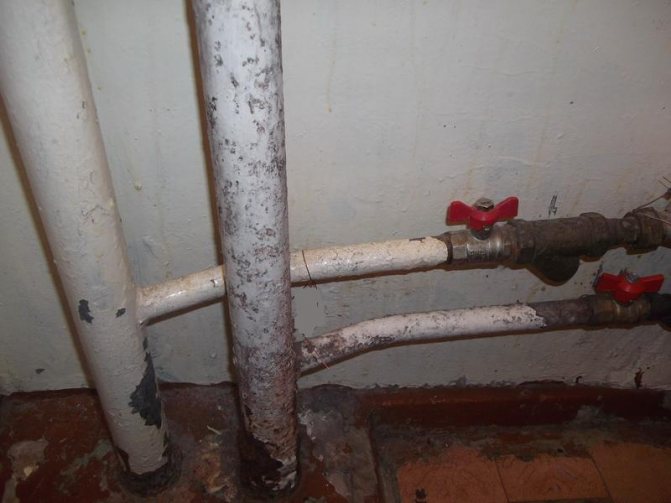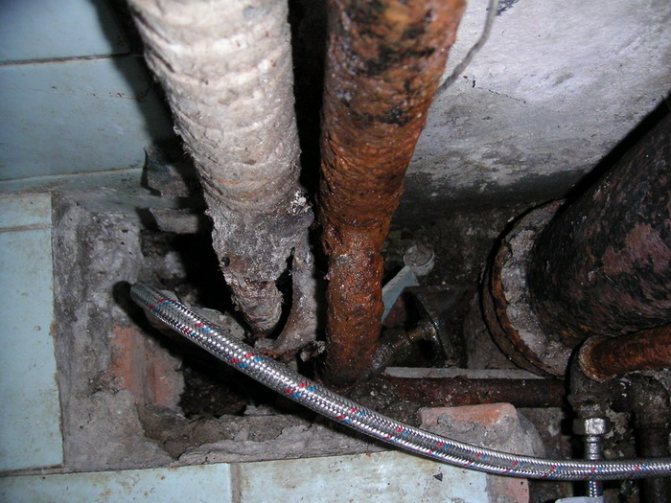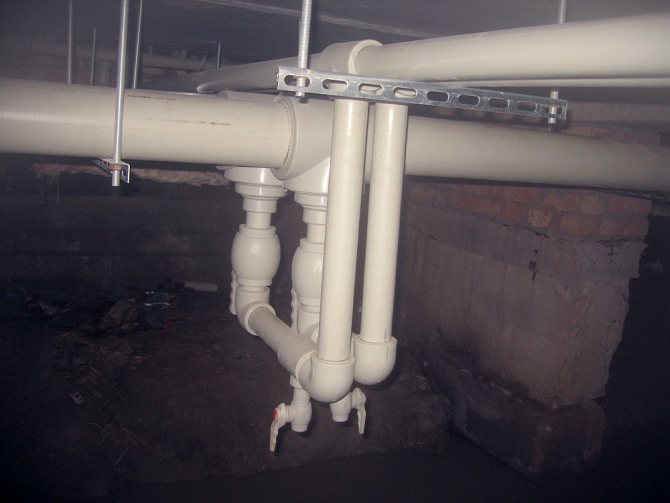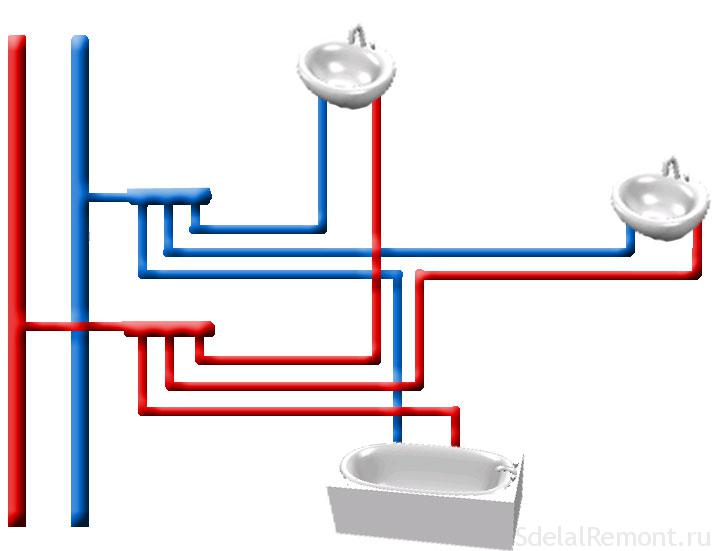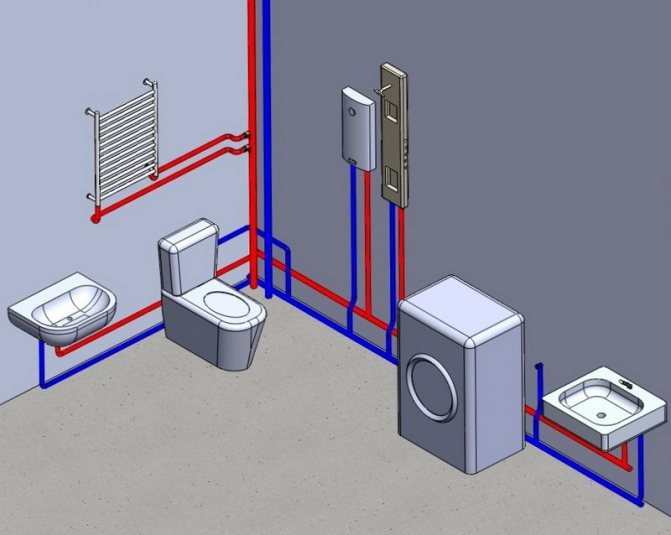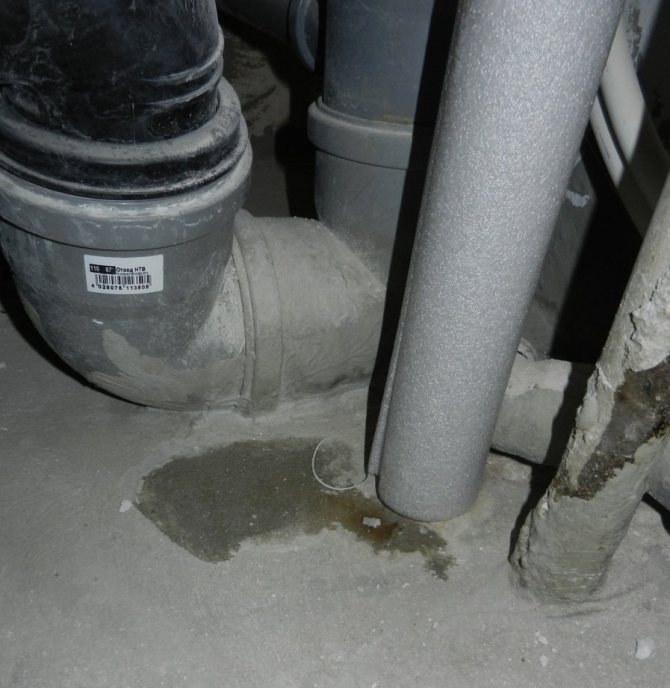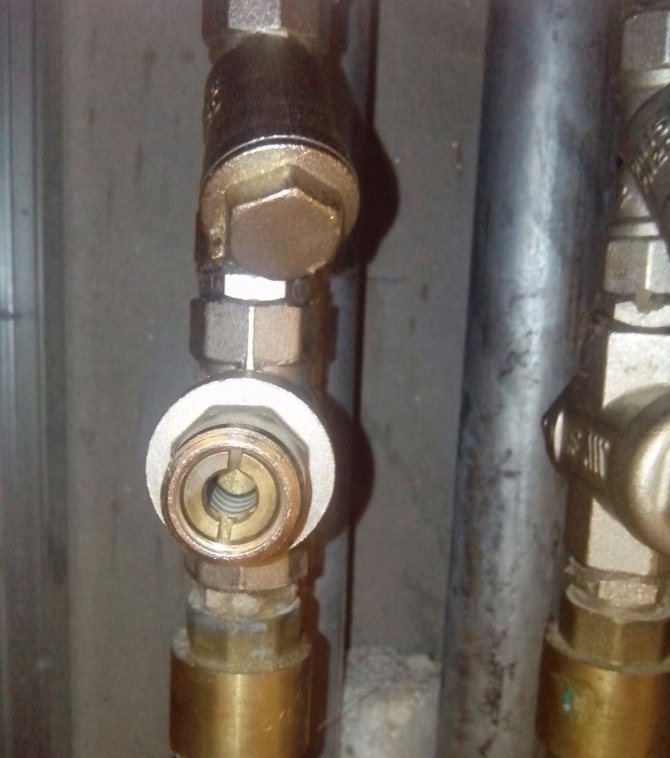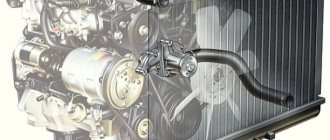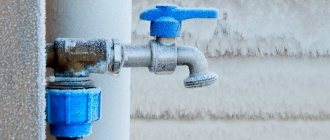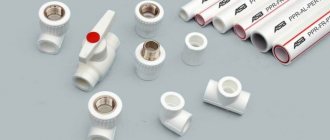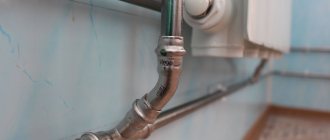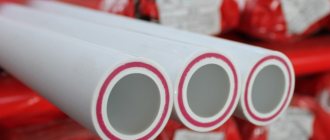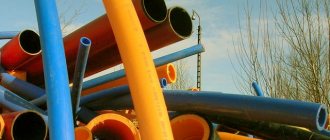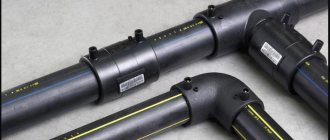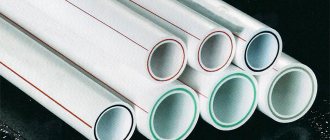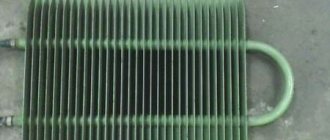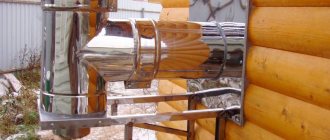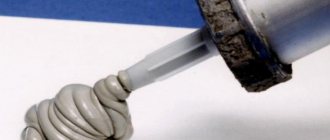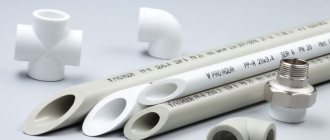Water objects
Anastasia Zemlyanichko 06/02/2018 no comments
0
(18 estimates, average: 4,11 out of 5)
- 1 Action plan
- 2 Source of water intake 2.1 Centralized water supply
- 2.2 If the source of water is a well or borehole
- 3.1 How to make water inlet
- 4.1 Serial connection
Not all private households have running water. Sometimes there is no centralized water supply even down the street. So residents in such settlements use either common wells, or wells located in their yard. But we live in a time when water supply and sewerage in the house is not a luxury, but a necessity. Thanks to the plumbing in the house, you no longer need to waste time fetching water. It can be used for other equally important activities.
Therefore, in this article, we will talk about how to supply water to a private house and correctly lay a water supply system through it. Let's look at these questions step by step.
Action plan
- Determine the source of water intake (where you will need to supply water: well, well, centralized water supply)
- Determine what material will be used to enter the water supply into a private house and water supply distribution inside the house
- Determine the places of water consumers (washstand, washing machine, bathroom, toilet, and so on)
- Draw a diagram of the future water conduit
- Determine your financial resources (it depends on who will do the work and from what material the water supply will be wired).
These actions will be enough to bring water into the house without complicating this process.
Output
The routing of pipes in the bathroom and in the kitchen, thanks to modern materials, can be done independently, without the help of specialists. The main thing is to correctly plan and use pipes that are suitable in diameter.
As for the choice of the type of wiring, it is impossible to give unequivocal advice, since in each individual case one or another option may be the most appropriate. You can get more information on this topic from the video in this article.
Did you like the article? Subscribe to our channel Yandex.Zen
Water intake source
The water source can be centralized plumbing, well, well, lake or river... Several sources can be used, for example, a well and a centralized water supply. But now we will only discuss the first three.
Centralized water supply
To make the input of water into the house from a centralized water supply system, you first need to agree on the issues of the tie-in with the authorities that are responsible for this water supply system. Then we make the connection using a clamp of the appropriate diameter.
It is better to make an inspection well at the connection point. So it will be possible to inspect and audit the connection point. We mount in the clamp emergency shut-off valve, it is better with a collapsible connection, so that it can be easily replaced in case of failure. Well, then we lay the pipe and connect it to the emergency tap.
If the source of water is a well or well
In both cases, pumping equipment is required. If the depth of the well is small, then a pumping station can be used. And if the depth exceeds the technical characteristics of pumping stations, then, as for a well, it is better to use submersible pumps.
A pumping station is usually equipped with an electric motor with a pump attached to it, a hydraulic accumulator (also known as a receiver), a pressure gauge, and a mechanical automatic switch on the electric pump.
For submersible pumps, the hydraulic accumulator, automation and pressure gauge must be installed independently.
What material to choose for input
Exists several pipe options for the organization of water supply in the house, but it is the polypropylene pipe that has proven itself well. The service life is designed for fifty years, it does not oxidize, it can withstand pressure loads, and is easy to install.
In terms of technical characteristics, such a pipe is inferior only to a copper pipe, but the price smooths out this drawback.
It is important to pay attention to the diameter of the inlet pipe. It depends on how comfortable you will be using your water supply system.
It is better to use a pipe for input diameter 32 mm... It is slightly more expensive than a 25 mm pipe, but it will have a good supply of throughput, and this will play an important role in the future when there is a need to add consumption points. Also, it is better to mount a pipe that can withstand a pressure of 10 atmospheres.
How to make water inlet
First, you need to determine the place where you will lead the pipe into the house. Then you dig a trench from the house to the place of the water source. The depth of the trench directly depends on the area in which you live. The more the soil freezes during winter frosts, the deeper the trench should be. Sometimes, to make the depth of the trench less, the pipe is insulated. Each layer of such insulation reduces the depth of the trench by 20 centimeters.
How to connect to the central water supply was described above. Well, how to bring water into the house from a well? A pumping station, even the most powerful, may not always be enough. It all depends on the distance of the well from the house. Therefore, not far from him make a caisson and a pumping station is installed in it.
A suction pipe is lowered into the well at the level of the trench. Then the pipe is laid horizontally to the caisson, and there it is connected to the pumping station. After the pipe is laid to the house.
Unlike a well, water intake from a well does not require the manufacture of a caisson, since the well can be located both under the house building and outside it. But in any case, the accumulator and everything else can be mounted either in the basement or next to the water inlet. A water supply pipe from a well can be carried out in the same way as water from a well is carried out.
In all cases, the polypropylene pipe should be covered with a small layer of sand before filling it with soil dug from the trench. This will prevent damage to the pipe when backfilling.
At the beginning of work, you need to make a diagram of the location of your communications across the territory.
After we figured it out, how to bring water into the house, let's talk about the possibilities of distributing water supply around the house.
COST OF WORK ON REPLACEMENT OF WATER PIPES:
| Name of works | Cost, rub.) |
| Consulting when buying equipment, going to the market, visiting a store, hour | 300 |
| Installing a pressure regulator | 800 |
| Installation of a collector (comb) mountains. and cold. water supply | 1000 |
| Ball valve installation | 500 |
| Installing a coarse filter | 300 |
| Installing a fine filter | 1000 |
| Sewerage system installation (set) | 2000 — 4000 |
| Sewerage pipe laying (price per point) | 400 |
| Piping to the sink, bath, etc. (point) | 1500 |
| Simple routing of water pipes (point) | 1500 |
| Collector wiring of water supply pipes (point) | 2000 |
| Complex wiring of water supply pipes in an apartment with one bathroom (polypropylene, 4 points) | 6000 – 9000 |
| Installation of polypropylene pipes with a diameter of 25 from ball valves on a riser to a heated towel rail | 2800 |
| Installing a heated towel rail on a finished eyeliner | 1500 |
| Polypropylene pipe laying (r.m.) | 300 |
| Dismantling of water pipes (r.m.) | 100 |
| Dismantling of sewer pipes (r.m.) | 100 |
- Prices for work are indicated excluding the cost of consumables
- Departure of the master in Moscow - is free
PRICE LIST for other types of plumbing work
We carry out works in Moscow and Moscow region (Khimki, Kurkino, Skhodnya, Dolgoprudny, Lobnya, Mytishchi, Bolshevo, Korolev, Yubileiny, Pushkino, Shchelkovo, Balashikha, Reutov, Zheleznodorozhny, Lyubertsy, Dzerzhinsky, Kotelniki, Vidnoe, Shcherbinka, Domodedovo, Klimovsk, Chekhov , Podolsk, Odintsovo, Krasnogorsk, Nakhabino, Mitino, etc.)
EXAMPLES OF OUR WORKS
Water distribution in a private house
Regardless of where your water was supplied from, whether from a well or a well, or from a central water supply, there must be an emergency shut-off valve at the input. After it, a water meter is installed, if you are connected to a centralized water supply.
Then the input from the well or well is connected if you have a combined water connection. This is followed by the outlet of cold water for irrigation or for household needs. Next, the filter unit is mounted. What and how many of them will be determined depending on water quality.
After the filter unit, a hydraulic accumulator and automatic well pump activation are mounted. Here is such a primary circuit, mounted immediately after entering the water. Now it's time to choose one scheme from several options for laying a water supply system in a private house.
A private house, in contrast to an apartment, has a wider range of possibilities with regard to the water supply inside it. Here you can use the serial connection of water consumers. It is also called a tee. Or you can use a collector circuit for connecting consumers. Let's take a look at these two schemes.
Serial connection
This scheme includes a series connection of consumers. Washstand, shower, toilet, as well as everything in the kitchen is connected in series, one after the other. The advantage is that a small amount of pipe is needed. But there is also disadvantage of this system.
In the case of simultaneous use of consumers, the pressure drops at distant points of consumption. This is especially felt when the shower is in operation: it is very difficult to regulate the temperature of the water. This is where the inconveniences of this scheme are manifested. Such a system is more suitable for a family with a small number of people.
Collector connection
This scheme for connecting consumers requires a larger number of pipes, which means that it increases the cost of the water supply project. The essence of this system is that after the primary circuit, collectors for cold and hot water are mounted at the input, and from them pipes are already laid to each individual consumer.
Such a system allows the simultaneous use of water in different places of consumption: in the kitchen, in the shower, and so on. From this it follows that such a scheme is better for comfortable use and suitable for any family.
Sometimes, in order to reduce the cost of the project, but at the same time, to get maximum comfort, these two systems are combined. This works well too.
COMPREHENSIVE REPLACEMENT OF PIPES IN A TURNKEY APARTMENT, WATER PIPES IN THE BATHROOM IN 1 DAY
, specializes in plumbing work, in particular on the installation of cold and hot water supply systems, heating and underfloor heating!
We provide services for the replacement and installation of polypropylene pipes in Moscow and Moscow region for more than 10 years at affordable prices with a guarantee. Use the services of our professional craftsmen!
WHY IS IT PROFITABLE TO TRUST THE INSTALLATION AND REPLACEMENT OF PIPES EXACTLY TO US?
8(495)509-53-15
More than 10 years on the service market, an experienced team of craftsmen. Completed more than 500 installations of polypropylene pipes
The cost of the work is known in advance (by phone) and will not change at the last moment
Certified materials and components
Dismantling of old pipes and delivery of material - FREE OF CHARGE
Qualified craftsmen with over 7 years of experience
Many grateful and honest FEEDBACKS from our clients
Internal water pipe
There are several options: copper, polypropylene, metal-plastic and steel. Consider the main characteristics.
- Copper pipe does not undergo oxidation, therefore it does not rot, withstands high pressure, microbes do not start in it, it does not overgrow from various deposits like a steel pipe. When freezing, it stretches, and does not burst, this preserves the integrity of the pipe. The wall thickness of the pipe is only one millimeter, which makes it possible to use a pipe with a smaller outer diameter with the required internal section. The disadvantage is the price of both the pipe itself and the fittings.
- The polypropylene pipe is quite durable, has good characteristics, the pipe material does not corrode, and has good throughput. A reinforced polypropylene pipe has been created for hot water. During installation, these pipes can be hidden in the walls.
- Reinforced-plastic pipes have an aluminum base, inside they are polypropylene, and outside they are plastic. They also do not corrode, but are afraid of ultraviolet radiation. It is better not to use for hot water, they are deformed at high temperatures.
- Steel pipes are strong enough, but installation is rather difficult. Corroded. During operation, they need to be in open places.
The pipe must be selected depending on your financial capabilities, as well as on the technical parameters of the circuits that you use at home. Especially important use quality materials in critical places of distribution of water supply.
0
(18 estimates, average: 4,11 out of 5)
Back to
Shower trample: product features, principle of operation and reviews
YET
Materials for arranging a water supply system
Today, there are several options for materials for the pipeline, therefore, before making a choice, you need to familiarize yourself with the features of each:
| Galvanized Steel Pipes | Are the old option attorney. They are strong and quite durable (up to 25 years), however, over time, they begin to rust inside and build-ups appear in them, as a result of which water quality suffers. In addition, it is rather difficult to install them yourself. |
| Stainless steel | Much more durable than the previous version (up to 50 years) and does not rust. However, their price is very high. |
| Copper | They are a good option, as they are very strong, smooth and durable. The only drawback is the very high cost. |
| Reinforced plastic | They are the cheapest option, in addition, they are easy to bend, do not rust and do not accumulate deposits inside them. True, fittings for such a pipeline are quite expensive, in addition, metal-plastic products are afraid of temperatures above 95 degrees. |
| Polyethylene | Medium in price, elastic and at the same time quite durable. The durability is over 30 years. Their only drawback is their instability to high temperatures, so they can only be used for cold water supply. |
| Polypropylene | The distribution of pipes made of polypropylene has recently been the most popular. They have good strength and durability (up to 50 years). |
Thus, for self-replacement of the pipeline, plastic pipes are the best option. True, for the installation of polyethylene or polypropylene wiring, you will need a special welding machine. But the wiring of metal-plastic pipes with your own hands can be done without any special equipment.
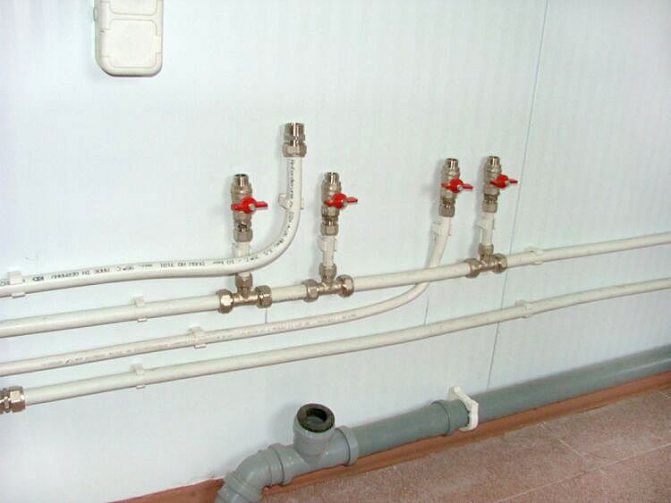
Plastic plumbing

